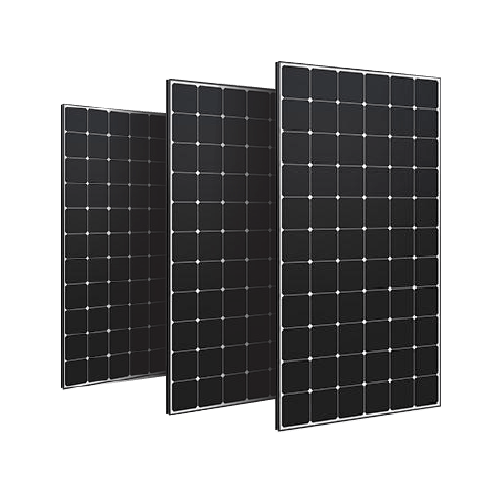
Solar energy technology has progressed rapidly in recent years, less than a decade ago the maximum output for residential solar panels averaged less than three hundred watts. Today, modules 400w+ are common, and supplied by a number of manufacturers, each providing various offerings including - value and high efficiency, bifacial, and split cell solar panels. In order to define what a high-watt module is today, we selected modules 380w+, based on solar panel compatibility with Enphase microinverters and SolarEdge optimizers.
So, why should you choose a high watt module? In addition to their higher output, high-watt solar panels have a higher efficiency output than lower watt panels. The same is true for other modules, a 350w solar panel will have a higher efficiency rating than a 345w panel, however, the difference in efficiency becomes more noticeable between a 350w and 400w solar panel. Their higher output also means that you will need fewer modules and other related equipment to complete the same solar project.
Example System:
900kWh/month average = 10,800kWh/year
10,800kWh/yr / 365 days / 4.5 peak sun hours / 0.82 degradation rate = 5,391 watts or ~5.4kW system
- 5,400 watts / 350 watts = ~15.43 solar panels or 15 for 5.25kW or 16 for 5.6kW
- 5,400 watts / 400 watts = 13.5 solar panels or 13 for 5.2kW or 14 for 5.6kW
High-watt modules can also be utilized for installation sites with limited roof space. It is important to keep in mind that most high watt solar panels are composed of 72 (or 144 half cut) cells rather than 60 (or 120 half cut) cells. Their higher cell count makes the solar panels 8-10” taller than 60 cell panels on average, so be sure to keep that in mind if the space you are working with is limited.